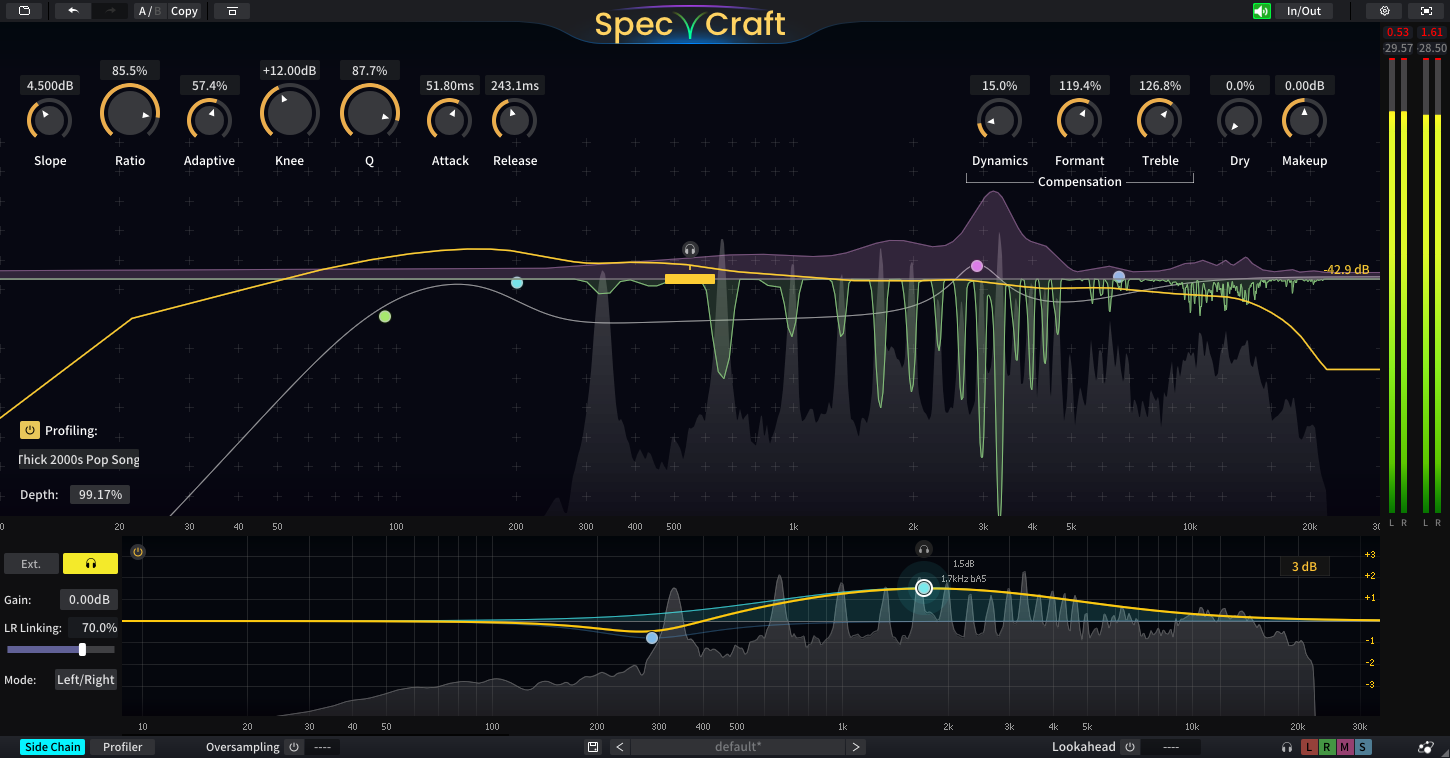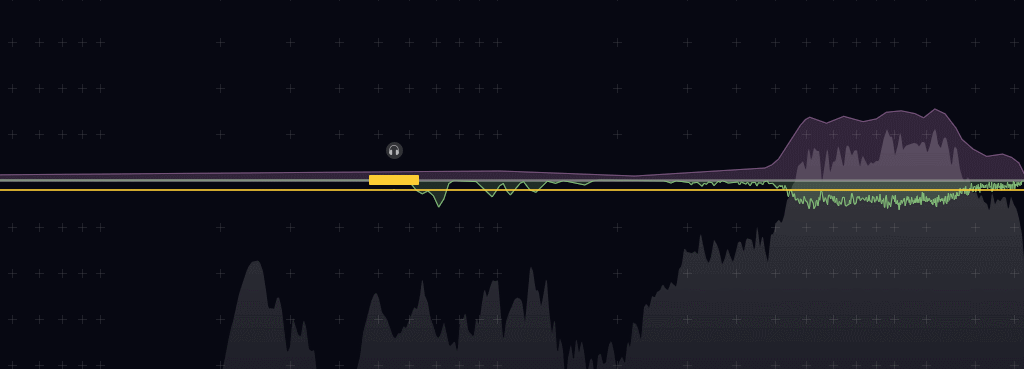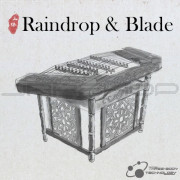You're currently on:
SpecCraft
Cut narrow, boost wide, and on the fly
SpecCraft is a next-generation dynamic resonance suppressor, spectrum compressor, and smart EQ. It specializes in eliminating the greatest enemy in your mix: unwanted resonances. Whether it’s harsh shrills or muddy booms, SpecCraft identifies them all and dynamically applies matching suppression at each and every audio frame.
But wait, there’s more! SpecCraft not only helps you 'seek and destroy' resonance problems but can also fill the void left behind by generating real-time spectrum compensation curves, ensuring no dynamics loss or artifacts due to resonance suppression.
With SpecCraft, your mix stays clean, balanced, and full of life from start to finish.



Perfected resonance suppression, Practical workflow
Resonances aren’t inherently bad—unwanted resonances are. That’s why they’re better adjusted with care than subdued with force. SpecCraft’s complete and concise controls allow you to locate unwanted resonances faster than ever, while its meticulously crafted algorithms suppress them with unmatched efficacy. And all of this is done with just simple clicks and drags, in the ways you’re most familiar with when using dynamics processors.

Real-Time Adaptive Threshold Control
In the meantime, SpecCraft offers a smart amplitude-based real-time thresholding algorithm, which continuously finds the optimal amplitude threshold for the resonances that need suppression, functioning like a self-adaptive threshold automation. You can choose to make threshold adjustments fully automated, fully manual, or anywhere in between. You’re Sherlock, and SpecCraft is your Watson.

Self-adaptive Spectral Compensation
As in the yin-yang equilibrium, if we only suppress and do not enhance, the overall audio spectrum inevitably becomes flat and lacking. To redress the balance, you must have heard of a common mixing practice: applying narrow Q cuts to remove harsh resonances, followed by broad Q boosts to enhance the overall frequency band. Building on this approach, SpecCraft incorporates its proprietary 'self-adaptive spectral compensation' algorithm, which continuously calculates three potential global EQ compensation curves based on the amount, frequencies, and levels of the suppressed resonances. These smart enhancements enable SpecCraft to avoid flat, unnatural, and overly compressed sound while effectively managing resonances.

Dynamics Compensation
A psychoacoustic-based algorithm that continuously compensates for the lost loudness due to resonance suppression. By restoring the dynamics (volume envelope) of the audio content, it preserves the perceived audio energy while eliminating unwanted resonances.
Formant Boost
When resonance is overly suppressed, the formant (spectral envelope) flattens, causing sounds to lose their distictiveness. This algorithm can continuously compensate for the suppressed resonances' contribution to their formants, preserving the sound’s spectral character.
Treble Compensation
A specialized high-frequency response compensation algorithm with adjustable intensity. When treating bright cymbals, you can apply compensation to preserve their presence while eliminating harshness; when managing vocal sibilance, you can choose no compensation, allowing SpecCraft to function like a de-esser.
Spectrum Slope
Different audio content can exhibit varying frequency balances, making a flat threshold curve difficult to manage in all situations. With Spectrum Slope, you can tilt the spectrum display from 0 dB/OCT to 12 dB/OCT, ensuring that both high and low unwanted resonances interact equally with the threshold curve.

Priority Curve
Like all Three-Body Technology products, SpecCraft offers maximum flexibility. In addition to the Threshold, Adaptive Threshold, and Slope controls, the meticulously designed Priority Curve lets you further fine-tune the amount of processing across different frequency bands to sculpt the frequency envelope with surgical precision.

Profiling
With SpecCraft, you can apply a custom frequency response curve as your threshold—similar to EQ-matching, but executed dynamically on every audio frame.

You can choose from the preset threshold profiles, extract from audio files, or even record and capture one on the fly.

Ultimate Sound Quality
As always, Three-Body Technology upholds the highest standards in audio quality. Every feature within SpecCraft—whether it's the resonance detection/suppression algorithms, compensation algorithms, or the processing framework itself—is meticulously crafted to achieve nothing but excellence.
Zero Delay Feedback Level Detector
ZDF (Zero Delay Feedback Filter) is a digital filter structure that offers better sound quality than other structures under rapid filter coefficient changes. As a result, it is often used in software synthesizers. Now, Three-Body Technology has innovatively applied ZDF to SpecCraft's envelope detector, enabling it to deliver superior sound quality compared to conventional envelope detectors, whether processing fast percussive sounds or continuously changing sibilants.
Analog-modeled Resonance Suppression/Compensation
As a digital frequency-domain processor, SpecCraft steps beyond mere digits. At its core, it functions like thousands of analog-modeled units orchestrated with digital precision. Whether suppressing or compensating at any frequency, SpecCraft models its behavior after renowned classic hardware, delivering a natural, warm tone rather than the coldness typical of digital dynamics processors.
Zero Latency Mode
Like many frequency-domain processors, SpecCraft uses linear phase filters by default, making it ideal for mixing. However, real-time applications are just as important! That's why SpecCraft also includes a Zero Latency Mode. When activated, SpecCraft switches to minimum phase filters, enabling zero-latency processing. This makes it perfect not only for mixing but also for live performances, arranging, and other real-time demanding scenarios.
Annoying resonances during live gigs? Not anymore!

Latency
Linear Phase Mode: 2048 sample points, about 46ms at 44100 Hz.
Zero Latency Mode: 0 sample points, 0ms.
Lookahead
A longer Attack can preserve more natural transients, but it also risks allowing resonances thereof to escape unprocessed. SpecCraft offers an adjustable Lookahead feature, ensuring that even with minimal Attack settings, musical transients are preserved while resonances are effectively controlled.
Oversampling
SpecCraft supports switchable 2x, 4x, and 8x oversampling options, effectively eliminating any aliasing.
Flexible Side Chain Controls
Side Chain Mode
Supports two stereo processing modes: Left/Right and Mid/Side.
Stereo Linking/MS Linking
The channel linking can be adjusted to process anywhere from 100% stereo linked compression to 100% dual mono compression.

Side Chain EQ

An 8-band parametric side chain EQ, featuring intuitive controls and extreme customizability powered by our well acclaimed Kirchhoff-EQ.
More Features
- Real-time frequency display
- Side chain monitoring
- External side chain
- Dry mix
- 25+ presets
- Preset selector
- Undo/Redo
- A/B switching
- User-defined default settings
- Customizable behavior settings
- Theme customization
- Resizable GUI
- Full-screen mode
- Extreme CPU optimization
- GPU accelerated GUI
- Apple silicon native support
- MacOS Retina / Windows high-DPI support
Minimum System Requirements
- Intel or AMD CPU with SSE 4.1 instruction set, or Apple Silicon.
- macOS 11 / Windows 8.
- 4GB RAM and 100MB disk space.
Supported Plugin Formats
- 64-bit VST2, VST3, AAX and Audio Unit.





















